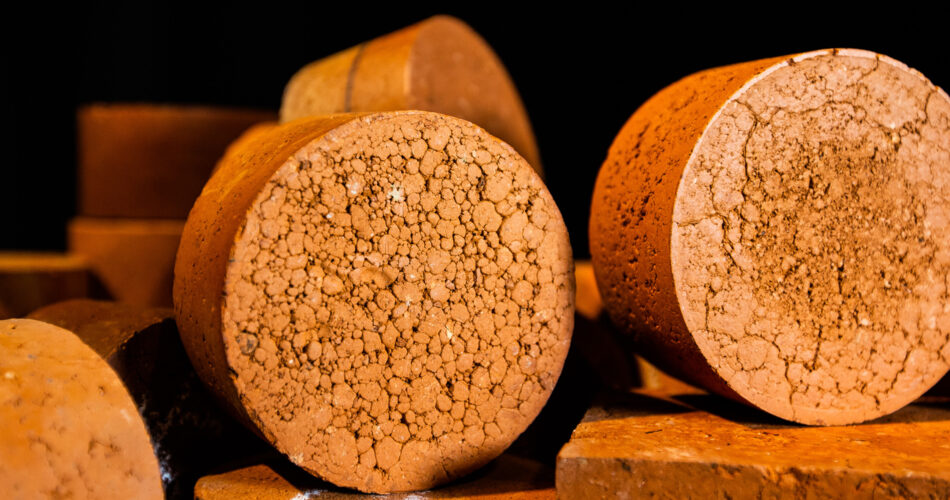Despite containing up to 25% human poop, the clay bricks remained strong after testing
Researchers have discovered a way to turn leftover human stools into bricks. Currently, sewer sludge is given a thorough treatment and dried out, but the leftover “biosolid” material is wasted and dumped in landfills.
According to this article, a breakthrough technique has been created to produce a unique sort of building material by combining feces with clay. Researchers made bricks using 25% poo and the remaining portion of regular clay, and they discovered the block nevertheless passed rigorous strength tests. They are also better insulators and more porous.

30% of the sewage that is currently dumped in landfills or stored could be reduced by combining the biosolid material with clay for use in brick manufacturing.
In their most recent work, which was published in the journal Buildings, researchers from RMIT University in Australia claim that the process “is a practical and sustainable proposal for recycling all the leftover biosolids worldwide.”
‘Utilization of only 15 percent of biosolids in brick production would reduce the carbon footprint of brick manufacturing whilst satisfying all the environmental and engineering requirements for bricks.’
The bricks can withstand the most stringent building rules and need less energy to be made. Both the financial situation and the carbon footprint will benefit from this energy decrease. Common bricks are created in kilns that are over 2,500 °F and release a significant amount of CO2.
‘Using biosolids in bricks could be the solution to these big environmental challenges,’ explains RMIT engineer Abbas Mohajerani, ScienceAlert reports.
‘It’s a practical and sustainable proposal for recycling the biosolids currently stockpiled or going to landfill around the globe.’
However, the idea of producing bricks out of poop is not new. The Italian shit museum displays an example of homemade clay made of poop called ‘merdacotta’.
Although further research is required before the bricks are manufactured, the initial results seem encouraging. It has also been discovered through similar investigations that it is feasible to transform human urine into bricks.
Students in Cape Town collected human waste from university department urinals and combined it with bacteria and sand. Compared to firing clay bricks, the microbial carbonate precipitation technique produces the construction materials at room temperature, which is significantly more energy-efficient.
Instead, the new process yields potassium and nitrogen that can be sold as commercial fertilizers. In innovative urinals that also produce fertilizer, urine is collected and used to manufacture a solid industrial product. The liquid is then used to make bricks.
Through a chemical process, bacteria in the form of urease break down the urea in liquid urine to produce calcium carbonate. This solidifies the sand into the required form, which could be a rectangular building brick or a column.
The process is called microbial carbonate precipitation. Researchers described it as similar to the way seashells are formed. Loose sand is colonized with bacteria that produce urease.
The bacteria could make the brick stronger by ‘growing’ it for longer in the mixture of sand and urine.
Photo: RMIT
